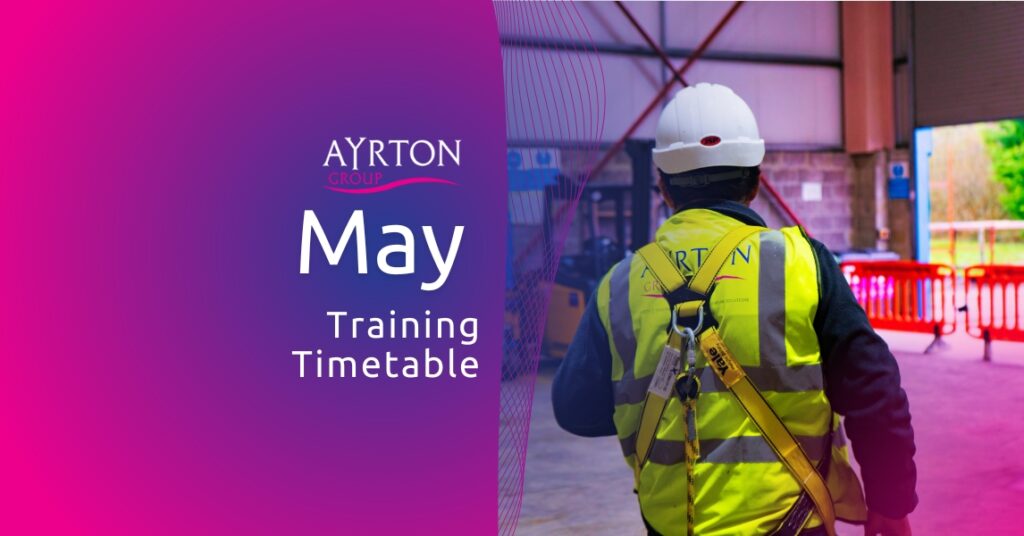In any workplace, the health and safety of employees, and customers, is paramount. Ensuring a safe environment not only protects employees from harm but also safeguards a company’s reputation and bottom line.
One critical aspect of maintaining workplace safety is preparing for and conducting regular workplace safety inspections. While safety inspections may feel daunting, they help identify hazards, assess risks, and ensure compliance with relevant legislation and regulations.
A successful inspection demonstrates your commitment to ensuring a safe working environment for your employees. In this article, we delve into the importance of workplace safety inspections, how businesses can prepare for them, and the key legislation and regulations they need to understand and comply with.
Types of inspections
There are various types of inspections, depending on your industry and location. Common ones include:
- Planned Inspections: These are scheduled in advance by regulatory bodies.
- Reactive Inspections: These occur in response to a complaint or accident.
- Unannounced Inspections: These can happen at any time, highlighting the importance of continuous compliance.
Importance of Workplace Safety Inspections
Workplace safety inspections are measures designed to identify potential hazards and mitigate risks before accidents occur. By conducting regular inspections, businesses can:
- Prevent accidents: Identifying and addressing hazards proactively reduces the likelihood of accidents and injuries in the workplace.
- Ensure compliance: Inspections help ensure that businesses comply with relevant health and safety legislation and regulations, avoiding potential fines and legal repercussions.
- Protect employees: Prioritising safety through inspections demonstrates a company’s commitment to the well-being of its employees.
- Safeguard assets/ property: By identifying and addressing safety hazards, businesses can protect their physical assets from damage or loss due to accidents.
Understanding Legislation and Regulations
Before conducting workplace safety inspections, businesses must understand the legislation and regulations that govern workplace safety. Key legislation and regulations may include:
Safety, Health and Welfare at Work Act 2005: This legislation sets out aspects covering the health and safety in the working environment including:
- Management of the systems of work necessary to achieve a safe working environment
- The requirements for the control of safety, health and welfare at work
- Identification of responsibilities and roles of employers and employees
Safety, Health and Welfare at Work (General Application) Regulations 2007: This sets out the obligations of employers, employees and others regarding aspects such as place of work, manual handling, provision of display screen equipment (DSE), personal protective equipment (PPE) as well as first aid and safety signage.
Regulations specific to their operations: For example, the construction industry often has stringent safety requirements due to the high-risk nature of the work. And, depending on the nature of the business, environmental regulations may also apply, especially concerning hazardous substances or waste disposal.
Businesses should familiarize themselves with these regulations and ensure that their workplace safety practices align with legal requirements.
A list of relevant legislation can be found on the HSA website here.
Ensuring Ongoing Compliance
Maintaining compliance is an ongoing process, not just a one-time fix for inspections. It is important to ensure you stay on top of the latest legislation and regulations by:
- Monitoring & reviewing: Regularly monitor changes in legislation via government websites, industry publications, and your training course provider, Ayrton Group, can keep you informed.
- Invest in training: Regular Health & Safety training for employees keeps them updated on regulations and reinforces safe work practices.
- Develop a culture of safety: Foster open communication about safety concerns. Encourage employees to report hazards without fear of reprisal.
- Conduct regular inspections: Schedule regular self-inspections to identify and address potential hazards proactively. Again, this is something that Ayrton Group can support.
- Seek Expert Advice: If unsure about specific regulations or require assistance in developing safety programs, consider talking to one of our qualified Health & Safety consultants.
Benefits of Compliance
Beyond avoiding fines and legal action, a commitment to the health and safety compliance offers numerous benefits for your business:
- Reduced accidents and injuries: A safe work environment reduces the risk of accidents and injuries, leading to lower worker compensation costs and operational disruptions.
- Improved morale: Employees feel valued and appreciated when their safety is front of mind.
- Enhanced reputation: A strong safety record fosters trust with employees, customers and other stakeholders, giving your business a competitive edge.
Preparing for Workplace Safety Inspections
Preparing for workplace safety inspections involves several steps to ensure a thorough and effective process. Our consultants can provide a comprehensive service, offering support on all aspects of preparing for inspections from workplace audits to developing policies and procedures. However, here are some steps that you can take yourself:
- Create an inspection checklist: Develop a comprehensive checklist that covers all aspects of workplace safety, including physical hazards, equipment maintenance, emergency procedures, and employee training.
- Assign responsibilities: Clearly define roles and responsibilities for conducting inspections, including who will lead the inspections, who will accompany them, and who will be responsible for addressing identified hazards.
- Schedule regular inspections: Establish a schedule for conducting regular inspections based on the nature of the work, the size of the workforce, and any specific risks associated with the business operations.
- Provide training: Ensure that employees involved in conducting inspections receive proper training on inspection procedures, hazard identification, and relevant regulations.
- Record and report findings: Document inspection findings, including identified hazards, corrective actions taken, and follow-up measures. This documentation provides a record of compliance efforts and serves as a reference for future inspections.
- Address identified hazards: Promptly address any hazards identified during inspections to mitigate risks and ensure a safe working environment for employees.
- Review procedures: Regularly review the effectiveness of inspection procedures and make improvements as necessary to enhance workplace safety continuously.
Conclusion
Workplace safety inspections are essential in maintaining a safe and healthy work environment. By understanding relevant legislation and regulations, preparing effectively and conducting thorough self-inspections, businesses can identify and mitigate hazards, protect employees, and ensure compliance with legal requirements. Prioritising workplace safety not only benefits employees but also contributes to the overall success and sustainability of the business.
Also, investing in training empowers your employees to take their roles seriously, thus ensuring health and safety remains everyone’s responsibility.



